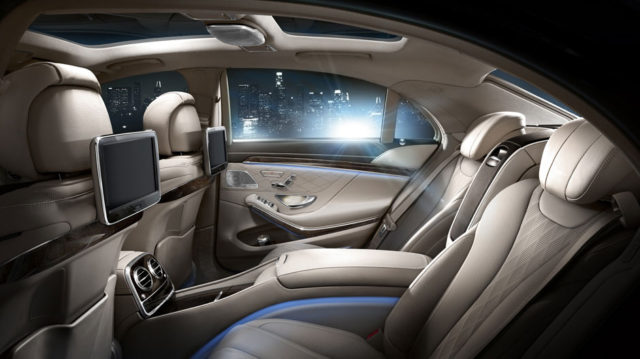What Is Alcantara & Who Created it?
Here is an interesting article about a Japanese scientist that developed a product called Alcantara for a company he was working for. This product became very successful and it is something we all know of and use today. We just didn’t know what it was really called.
If you have ever read a car review you are likely to come across the words “Alcantara” or “Ultra-suede”. But what is this mysterious material all about?
We begin with a snapshot of history. In 1970, Miyoshi Okamoto developed a synthetic material for Toray Industries, the company he was working for. Two years later, Toray signed an agreement with the aniC Group (which later became an Italian company named Eni), and after Eni formed a joint venture with Toray, a commercial patent was created for the material. Fast forward a few years to 1981, and Alcantara S.p.A. was created with 51% ownership by Eni, and 49% by Toray.
If you, like me try to find an understanding of why Alcantara is used in luxury cars or racing cars you probably stumble upon the company’s description on their website: “… a unique and innovative covering material, the result of a unique and proprietary technology. It offers an extraordinary combination of sensory, aesthetic and functional values, and an ethical and social awareness that characterizes a contemporary lifestyle.”
Come again?
In a nutshell, Alcantara/Ultra-suede is a synthetic composite which is more stain resistant and abrasion resistant compared to suede.
 Alcantara tends to be featured in high-end European cars, though Asian Manufacturers like Nissan have started adapting the stuff for more practical reasons than pleasurable ones. Anyone remember the 20013 Maybach? The land frigate famously used the stuff in areas that were susceptible to cigar smoke stains, while real suede was reserved for more, out-of-the-way areas.
Alcantara tends to be featured in high-end European cars, though Asian Manufacturers like Nissan have started adapting the stuff for more practical reasons than pleasurable ones. Anyone remember the 20013 Maybach? The land frigate famously used the stuff in areas that were susceptible to cigar smoke stains, while real suede was reserved for more, out-of-the-way areas.
Alcantara is applied just like other material in a cars the interior. If used on the seats, it’s worked like leather and if on the dashboard it’s pressed on by laminating presses. So nothing has to change in the manufacturing process other than materials used.
Alcantara has obvious benefits. Although it is almost as expensive as leather, it is lighter (the magic criteria in race cars), more absorbent for liquids (that’s why you find it on so many steering wheels of fast cars including race cars) and it’s nonreflecting (another reason why it’s on race car dashboards).
Some automakers speak of the Arizona test. The Arizona test tries out Alcantara’s performance when exposed to UV and high temperatures. Fancy cars like Lamborghinis or BMW M Types have different formulations of the material. The most common feature Alcantara is used for are trim pieces like seats and headliners. So the next time you check out a fine car or someone mentions the term “ultra-suede” to you, you will know it is really Alcantara and when and by whom it was developed.
